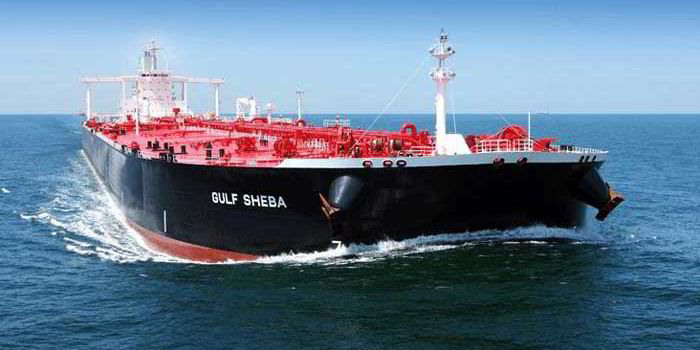New York-listed DHT Holdings is on a 30-day clock to secure financing for its $590m swoop on Samco Shipholding’s seven-unit VLCC fleet (see main story).
Although DHT has a strong balance sheet and a good roster of private-equity backers, some in tanker and finance markets do not consider it will be automatically able to secure the $250m to $300m of fresh equity likely needed to seal the deal.
DHT is paying $40m more than the next-highest bidder for the fleet, according to a source close to the process. But suggestions the price tag will worry financial backers are largely the stuff of sour grapes, say others friendly to the listed owner. “Losing bidders do tend to suggest that the winners paid too much,” said one person close to the deal.
DHT’s buy works out at just over $84m per unit for a fleet of mixed age: the Samco Scandinavia (built 2006), Samco Europe and Samco China (both built 2007), Samco Amazon and Samco Redwood (both built 2011) and Samco Taiga and Samco Sundarbans (both built 2012).
Reports say the deal also includes the balance of time charters to oil majors for five of the ships, as well as Samco’s 50% stake in Singapore-based Goodwood Ship Management.
It would mark the third major VLCC fleet deal of the year after Euronav’s capture of the Maersk Tankers fleet and the Scorpio sale to General Maritime Corp (Genmar).
Online platform VesselsValue.com assigns the Samco fleet a value of about $554m.
DHT has been in expansion mode over the past year after a recapitalisation backed by private-equity partners. It has built an orderbook of six VLCCs at Hyundai Heavy Industries (HHI) and expanded to six VLCCs in the water.
Its investors include Cerberus Capital Management, Warwick Capital, Claren Road Asset Management, Carlyle Group, Tufton Oceanic, Anchorage Capital Group, QVT Financial and DNB. However, its shares are down more than 5% since analysts flagged the need to raise between $250m and $300m in fresh equity, likely at a discount.
If DHT can seal financing, it could help in other ways. The company has non-amortising debt due next year. The buy could allow it to fold that into new debt through a refinance, lower average fleet age and possibly improve loan-to-valuation ratios, according to a finance source.



